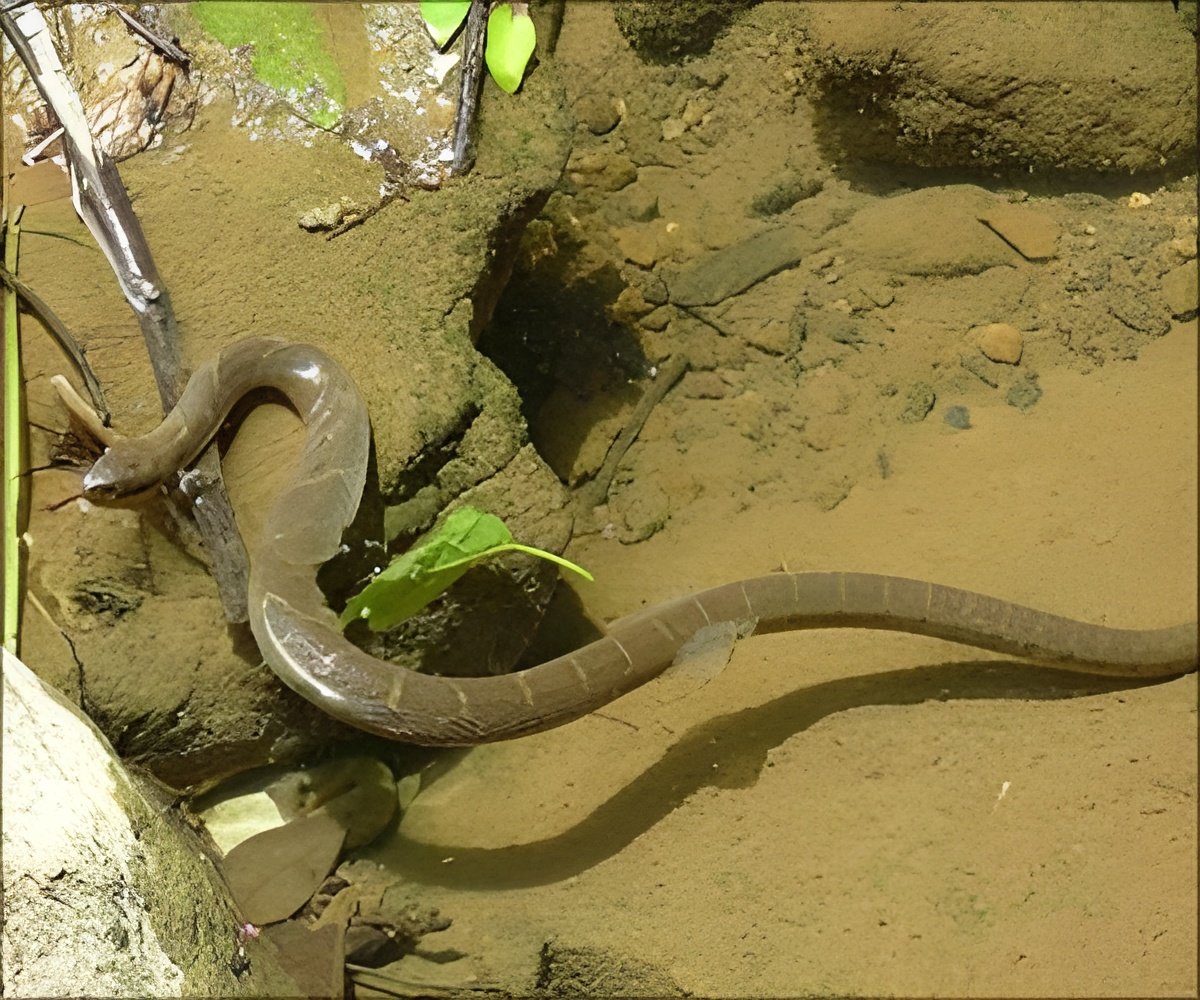
“These particles, which are camouflaged from the immune system, take the toxin directly to the cancer cells, sparing normal tissue,” Pan said.
Researchers report that these venoms have proteins and peptides that, when separated from the other components and tested individually, can attach to cancer cell membranes. That activity could potentially block the growth and spread of the disease.
The research team says that some of substances found in any of these venoms could be effective anti-tumor agents. However, just injecting venoms into a patient would have side effects. These effects include heart muscle or nerve cells, unwanted clotting or, alternately, bleeding under the skin.
The team set out to solve this problem. In the honeybee study, the team discovered a substance in the venom called melittin that keeps the cancer cells from multiplying.
Bees make so little venom that it’s not possible to extract and separate out the substance time after time for lab testing or for later clinical use. That’s why they synthesized melittin in the lab.
Advertisement
What they do is go directly to the tumor, where they bind to cancer stem cells, blocking their growth and spread. According to the team, the next step is to examine the new treatment approach in rats and pigs. Eventually, they hope to begin a study involving patients. He estimates that this should be in the next three to five years.
Advertisement











